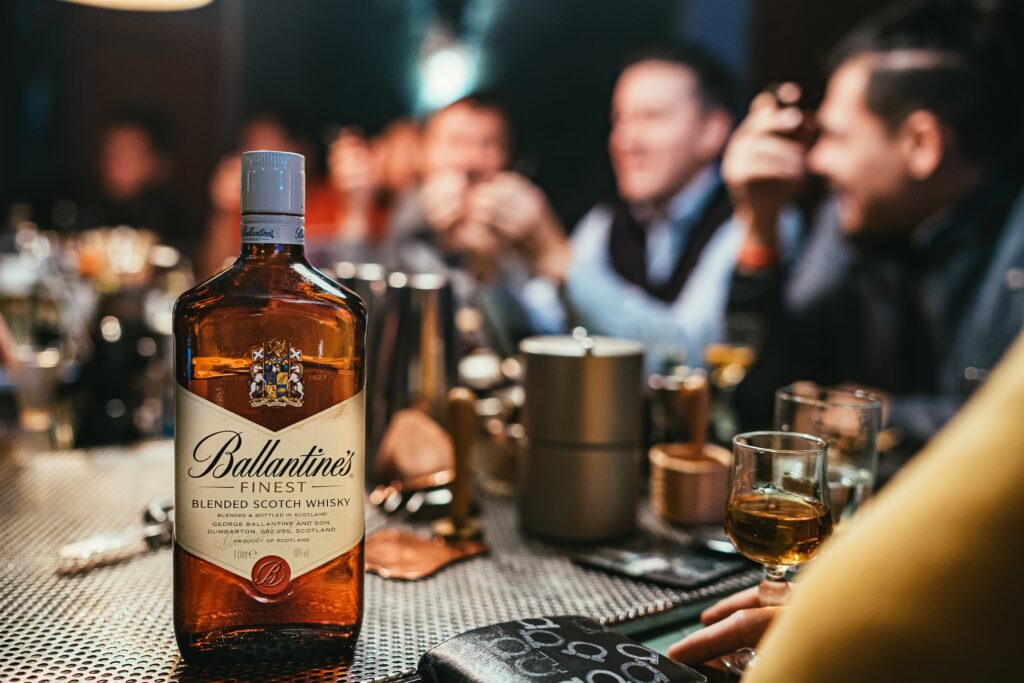The first documented auction goes back to a horse sale in Greece around 500 B.C. and has been used to sell anything from horses to land and property. The underlying premise is that bidders assess the item’s worth and place their bids appropriately. As such, they are regarded as a very democratic sales strategy.

This democracy depends on the auction serving as a neutral platform for bidders to agree on the item’s maximal worth at that moment.
What happens to the auction model when products are subject to inflated reserve prices and deceptive estimates?
In January 2020, a barrel was advertised with an estimate that, in our judgment, was far higher than the cask’s actual worth on the open market. We investigate why we consider the estimate to be so erroneous and why this is so concerning.
Can auction estimates for whisky casks be relied upon?
A practical example: Lochindaal 2009
One of the items up for sale is a cask of 2009 Lochindaal (a very heavily peated whisky from Bruichladdich). The estimated worth of this barrel is between £18,000 and £20,000. Plus, an 18% (including VAT) surcharge for the buyer.
The details of the barrels are as follows:
ABV = 63%, RLA 114.9 Bulk litres (114.9RLA ÷ 0.63) = 182.4 litres
If your offer of £18,000 is successful, your total invoice amount will be $21,240 plus commission.
It might be tempting for the general public to just multiply the number of possible bottles in the barrel (260 x 70cl bottles at cask strength, 260 × £80 = £20,800). However, this is not the correct method, and even if it were, you would not break even.
You should not just multiply bottle count by bottle price since you must additionally include in the VAT, Duty, uplift expenses, and bottling costs, which must be added to the $21,240.
Using our free cash calculator, let’s break down the expenses.
VAT on acquisition cost = £4,248 Duty at £28.74 per RLA plus VAT = £3,963
Cost of lifting casks and transporting bottles averages £700
Average bottling expenses of £10 plus VAT for each bottle is £3,127; total bottled cost equals £33,7278.
The cost per bottle is equal to £128
At the high end of the estimate, spending £20,000 for the barrel would result in a bottled cost of £36,110 and a price per bottle of £139.
Let’s put things into perspective.
The Whisky Exchange is now selling a ten-year-old Lochindaal from the esteemed independent bottler Hidden Spirits for £145 a bottle, or £120.83 per bottle minus VAT. This bottle also consistently fetches £80 at auction.
Therefore, if you purchased the Lochindaal cask at the estimated price, you would pay MORE than the Whisky Exchange’s selling price for a similarly aged bottle. Therefore, it would be cheaper to purchase 258 bottles (the expected cask output) directly off the shelf than to purchase the cask.
Lochindaal 2007
So, how much is a 2009 Lochindaal cask worth?
From our perspective, 2009 Lochindaal barrels are now valued between £10,000 and £14,000 on the open market.
If you want confirmation, utilize our cask calculator again. This results in a pricing range of £67 to £85 per bottle, allowing a clear margin for both the bottler and the retailer.
The typical wholesale margin is around 60%. If you want evidence, here is an extract from Diageo about how to price products:
You should aim for a gross margin of at least 60%, with a strategy in place to achieve a margin over 60%. We would advise against beginning manufacturing if your gross margin is less than 50 percent.
Consequently, why is the estimate so high? We believe there are two possible outcomes.
The first is that the vendor has put an $18,000 reserve on the barrel. As an estimate cannot be less than the reserve, the auctioneer was required to provide an estimate of £18,000 to reflect the reserve.
In this situation, the auctioneer is not exclusively responsible for the estimate; rather, the estimate was determined by the client’s reserve.
The second option is that the auctioneer estimates the cask’s value to be between £18,000 and £20,000.
How can people be duped so easily?
The whisky cask market is perhaps the last asymmetric market.
What is the precise definition of an asymmetric market? It is basically a sale-and-purchase arrangement in which one party has much more information than the other. Unfortunately, it is quite simple for the individual with greater information to abuse unequal connections.
A market is balanced when both the buyer and seller are in an educated position. A balanced market is characterized by a buyer’s capacity to investigate the price being requested.
For instance:
Auto Trader may be used to study the worth of an automobile.
Morningstar may be used to investigate the worth of a fund.
You may use Zoopla to study the worth of a property.
With a fast web search, you can instantly determine the price of almost everything. Due to the vast number of data accessible, the buyer may nearly always be certain to pay a fair price in virtually all selling situations.
Except for casks.
There are no publicly accessible indices or pricing guidelines for barrels’ worth. If you are a member of the industry, you will have access to this confidential information and be able to compile your own database on the worth of regularly sold casks.
The absence of information is due to the fact that casks are normally not for public consumption or ownership, and a publicly accessible index would thus serve no use for the sector (and as such, the information is kept strictly private).
Another reason for the absence of a whisky barrel index is the fact that no two whisky casks are identical. Therefore, it is impossible to develop a valid index of the worth of whisky barrels.